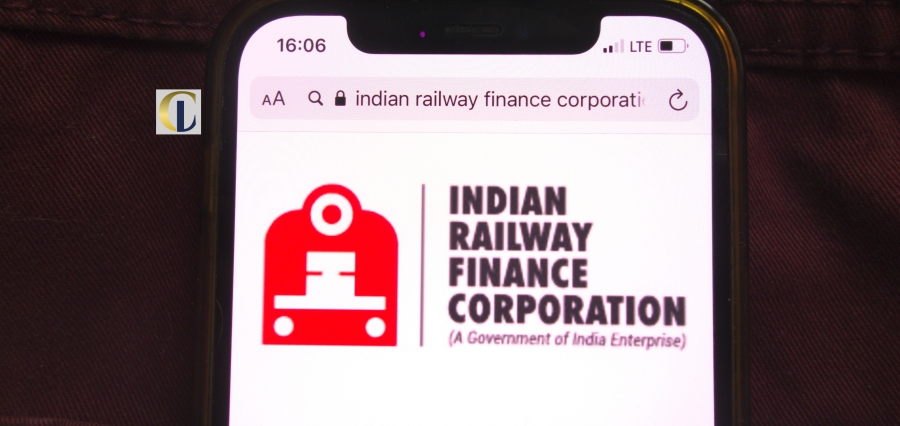Shares of Indian Railway Finance Corporation Limited (NSE: IRFC) have experienced a notable 67% surge in the past thirty days and an impressive 442% gain over the last twelve months. Despite this strong performance, the current price-to-earnings (P/E) ratio of 36.4x might suggest caution. In the Indian market, where approximately half of the companies have P/E ratios below 31x, and P/E ratios below 17x are common, the high P/E ratio of IRFC warrants further investigation to assess its justification.
Recent financial performance indicates a decline in earnings for Indian Railway Finance. The elevated P/E ratio might be attributed to investor expectations that the company will surpass the broader market’s performance in the near future. However, if such expectations are not met, existing shareholders may express concerns about the sustainability of the share price. Typically, a high P/E ratio is justifiable only when a company’s growth prospects are poised to outpace the market.
Looking back, the company experienced a discouraging 6.0% decline in earnings per share growth last year. Nevertheless, over the past three years, EPS has shown a commendable aggregate increase of 43%, despite the challenges faced in the last 12 months. This indicates that the company has generally been successful in advancing its earnings, albeit with occasional setbacks.
In comparison to the market’s projected 25% growth in the next 12 months, the company’s momentum appears less robust when considering recent medium-term annualized earnings results.
Given this information, it is disconcerting that Indian Railway Finance is trading at a P/E ratio higher than the market average. It appears that many investors are overlooking the relatively modest recent growth rates and are optimistic about a turnaround in the company’s business prospects. If the P/E were to align more closely with recent growth rates, existing shareholders might be setting themselves up for disappointment in the future.
The significant surge in Indian Railway Finance’s shares has elevated the company’s P/E to a relatively high level. It seems that the P/E ratio’s primary function in this context is not as a valuation tool, but rather as a gauge of current investor sentiment and future expectations.
Given that Indian Railway Finance is currently trading at a considerably higher P/E ratio compared to its recent three-year growth, which is below the broader market forecast, there is a concern. When weak earnings coincide with slower growth than the market average, it raises the possibility of a decline in the share price, bringing the elevated P/E down. If the recent medium-term earnings trends persist, it could expose existing shareholders to substantial risk and potential investors to the danger of paying an excessive premium.
Read More: Click Here








